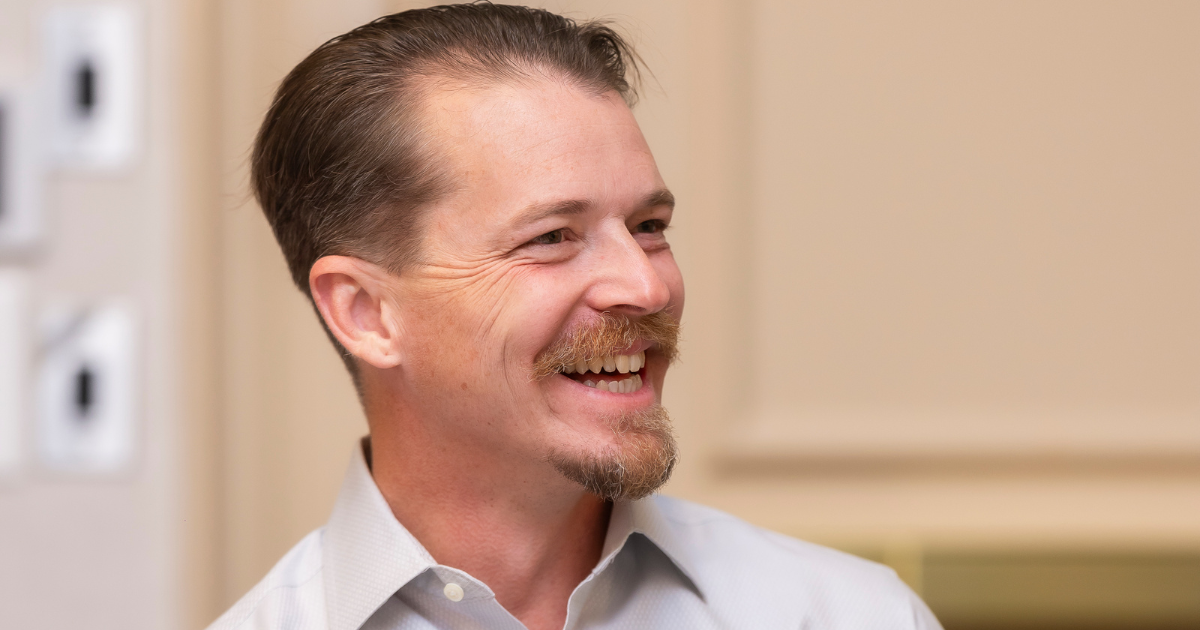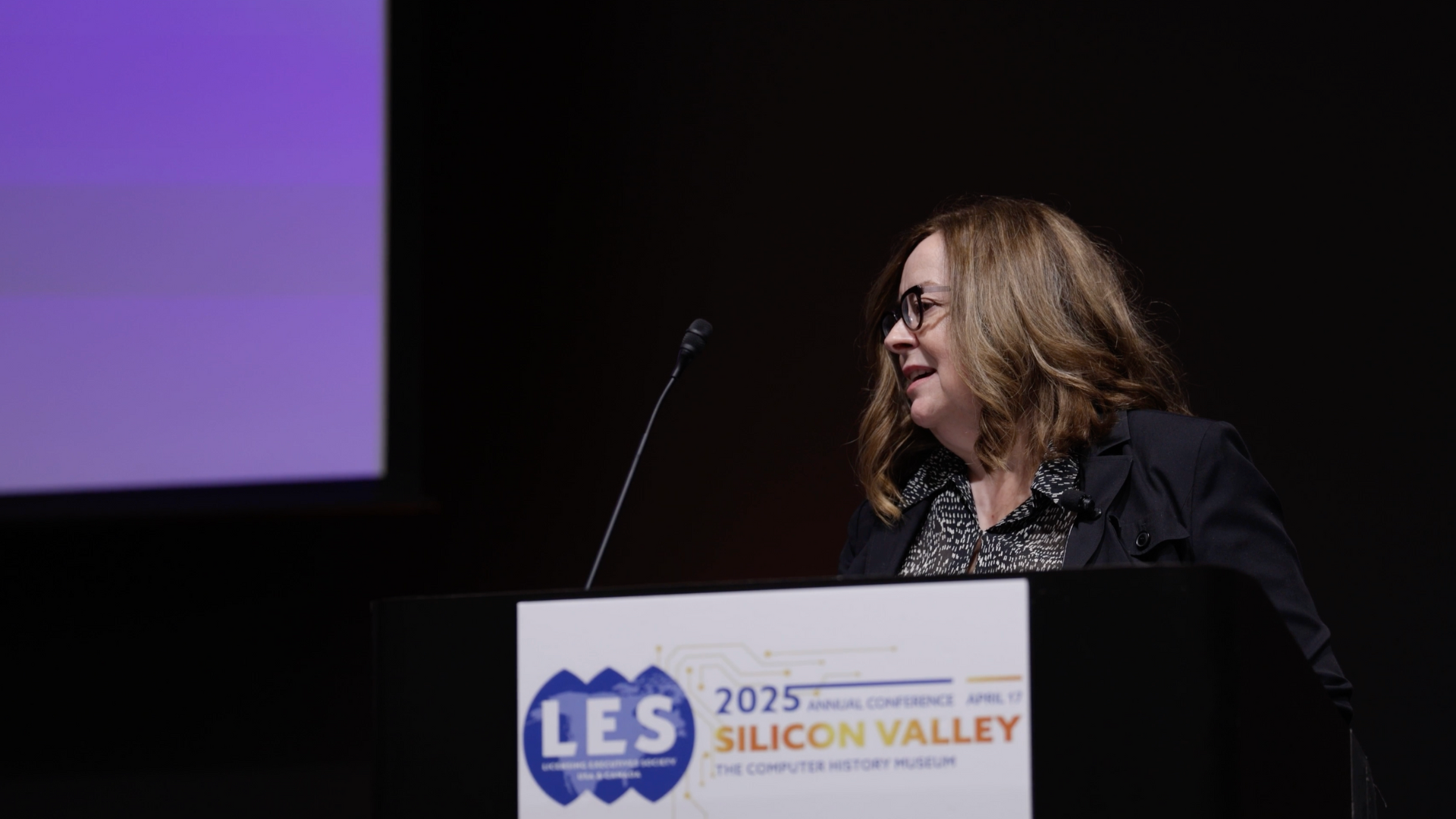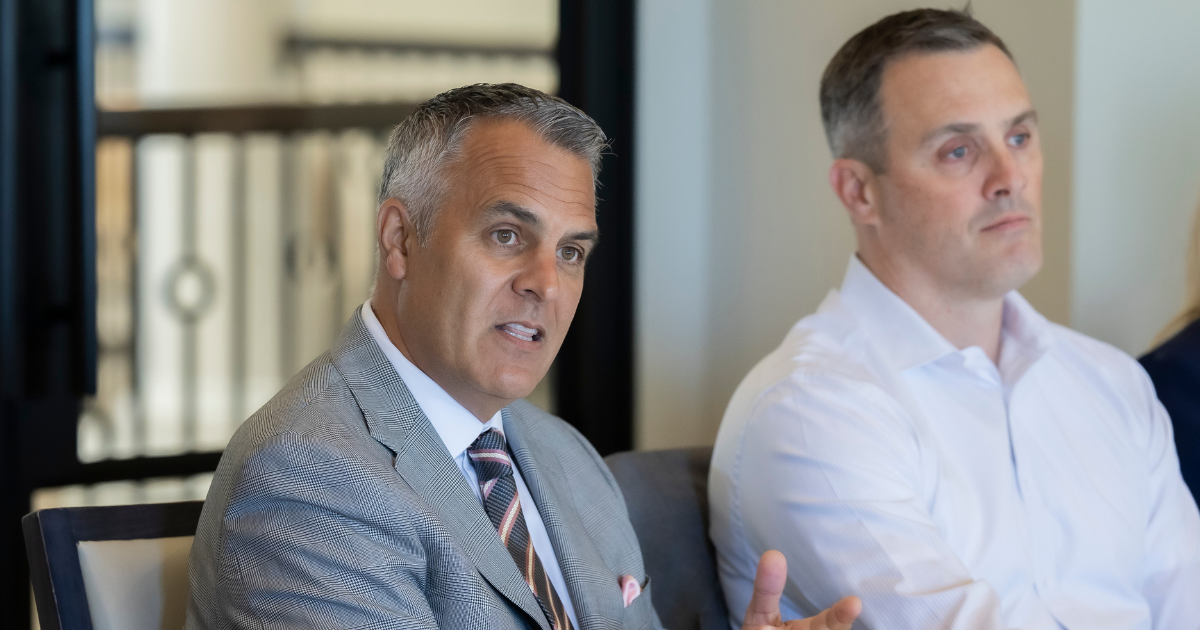In this Tech Talks Daily interview, Neil C. Hughes speaks with Colin Scott, Senior Vice President of DownSelect® at Innventure, about transforming corporate R&D into commercial reality through systematic innovation evaluation.
Neil Hughes: Welcome to the show, Colin. Can you tell everyone listening a little about who you are and what you do?
Colin Scott: Yeah, sure. My name is Colin Scott. I'm the Senior Vice President of DownSelect at Innventure. And Innventure is a company that is in business to build companies that transform tomorrow. What that means is that we found, fund, operate, and scale new companies based on game-changing technology solutions to strategic unmet needs in the marketplace.
We do that in collaboration with large multinationals who fundamentally reduce risk and accelerate success for every company that we start. We look at a lot of opportunities and build very few companies. The process by which we decide that is DownSelect, which I think is the beating heart of Innventure. It is a systematic evaluation of innovations.
I have a fantastic team that I work with. They're technical experts, they're analytical experts, they're financial experts. And I will be so bold as to say that they are creative geniuses. It's our job to systematically evaluate every opportunity to see if it has the potential to be a breakthrough technology solution to an unmet need in the marketplace that warrants Innventure building a business out of it—and is not just an impressive technology.
We've built four companies since we started. The first one is called PureCycle Technologies, which we built with Procter & Gamble. We've exited from that one and no longer have an interest in it. We built a second company called AeroFlexx in collaboration with Procter & Gamble. Then, a third company called Accelsius. And then our most recent company is called Refinity that's commercializing in collaboration with Dow based on technology from VTT, which is a Finnish research institute.
NH: You lead a team of not only technical experts but also creative geniuses. How do you systematically evaluate which innovations deserve investment versus the ones that are just technically impressive?
CS: Yeah, it's a great question. It's probably worth clarifying the distinction as I view it between invention and innovation. For me, invention comes from research and development, and it is the creation of a new technology. Whereas innovation comes from commercializing a solution, and it creates new value. That's a key distinction for us and the lens through which we always look.
It's having the discipline to be systematic about the way that we evaluate opportunities to make sure that we can be objective and quantify as much as we can, so that it's not just about understanding the technology itself. Still, it's about understanding that technology as a solution to a problem that creates value.
Our team is not just focused on the expertise that they have in technical, analytical, and financial areas, but it's about synthesizing the insights that can enable us to have some pattern recognition and foresight as it relates to the commercial opportunity. We have a rigorous process. It takes a while. We have a very high rate of not pursuing opportunities. So we only focus on the gems.
We try to be objective, and we have a framework that we call MATCH. We see ourselves as matchmakers between the need and the solution, while collaborating with a multinational to build a business model. MATCH stands for: M is for Market—understanding the external environment. A is for Advantage—specifically, how this technology solution can have a sustainable competitive advantage when deployed. T is for Timeline—how long is it going to take to get to meaningful technical and commercial milestones? C is for Capital—how much capital is it going to take, when, of what kind, what's the strategy to get that, and what's the return? And then H is High Value, which for me is the most important. As I said, I think DownSelect is the beating heart of Innventure, but this value is the soul of DownSelect.
NH: Tell me about "Tigger Time." It sounds like a framework every technical team should implement.
CS: This is a fun thing that we do. It came from just an observation that as you have a diverse team, you have people that will naturally lean towards being optimistic and problem solving, and some who will naturally be pessimistic, skeptical, and just identifying problems. If you're not intentional about it, then you can get to a place where those interactions can be unproductive clashes instead of a creative tension.
So we took that concept of the Tiggers and the Eeyore, and we institutionalized it. We make sure that every project has assigned Tiggers and Eeyores. For Eeyores: It's their job to identify the problems. For Tiggers: It's their job to identify the solutions. Sometimes we have dedicated sessions where we're doing nothing but identifying the problems and challenges. We just spend the entire time trying to focus on the optimistic possibilities, the creative solutions to get there.
That helps us identify the gaps between what is and what needs to be for this to work for us. That's how we identify what we call the critical factors. It helps us prioritize what we need to ensure we are evaluating and developing in our process. Plus, it's fun.
NH: You say "make the problem your purpose" rather than asking what technology can do. How does this mindset shift change how technical teams approach development?
CS: Oh yes, oh yes. Make the problem your purpose. That is a fundamental shift in perspective for many groups who are primarily in technology development. Because ultimately, it's not proving whether a technology can work that matters. It's a test to determine whether a problem can be solved.
So, you reorient from a focus on the technology to a focus on the problem, regardless of the technology solution. In that case, it helps to focus and prioritize, rather than getting lost in the cool technologies. There are three impacts of this.
One benefit is that it facilitates resource allocation. Because you can be laser-focused on solving the problem, so that if a particular technology doesn't look like it's going to solve the problem, but you could keep developing it. You can reallocate resources to solving this problem.
Second, it helps you identify the most essential criteria, and for us, it's not the features and benefits of the technology, it's the economic value from solving the problem.
And then third, I think it creates—it enables a lot more alignment with your teams and even cross-functionally because you're not just taking the expertise of one technical area, you're focused across all of the areas impacted by a problem. So, not just technical, but commercial and all the related fields, they're all focused on a singular solution to a problem. And that alignment, I think, is essential.
NH: Can you explain the difference between invention and innovation? This distinction often gets blurred in technical conversations.
CS: Yeah, sure. Again, I'll go back to how I defined the distinction earlier, but it's worth expanding on. Invention, for me, comes from R&D. It's the creation of a new technology. And that is a good and essential thing. It is necessary, but not sufficient. Innovation comes from the commercialization of a solution, where you're creating new value. And that's the most important thing.
If you can focus on quantifying the economic value of a solution, that's when you have an innovation. There are numerous statistics available about the massive number of patents produced every year, as well as the substantial amount of R&D budget spent. But very little of that—we've seen that upwards of 95% of patents that are generated annually are never commercialized.
Many times a fundamental problem is that people are focused on the technology and the novelty that gets you a patent and that's the endpoint. But that's, in my estimation, an inappropriate endpoint to be shooting for. So if you can reorient your metrics away from technical performance and efficiency and novelty and patentability, and you orient it towards the economic impact, how does this reduce your cost? How does it generate more revenue for your customers? How does this transform the market?—Then you're going to get more innovations, and not just inventions.
NH: You advocate for a market-first evaluation process. Can you walk me through DownSelect®—what is it and how can technical leaders implement an approach like this?
CS: Yeah, so I will start with what it is that we are evaluating in DownSelect. There's a methodology that we follow, a process, but it's even important to think about what it is that we're doing this thing on.
For us, an opportunity is the combination of a multinational collaborator. It is a need that is unmet in the marketplace, and it's strategic, it's significant. It is a solution that has a novel technology associated with it that fundamentally drives economic value. And then it's the business model that we can enable to take to market that has a path to reduce risk and accelerate long-term success.
We've got a phased approach—a pretty standard phase gate kind of approach. We have four phases in our process: Opportunity Screen, Critical Factor Assessment, Comprehensive Quantification, and then Strategy and Formation. Again, we look at those criteria MATCH that we talked about—Market, Advantage, Timeline, Capital, and High Value. We look at those in each of the phases as we learn, we develop, we creatively solve problems.
I will say that a thing that's worth bringing up is a particular way that we look at the value. This is something we call—I'm going to throw out some jargon here, but I'll explain it—ICQVP. That is an Immediate, Compelling, Quantitative Value Proposition. We not only look at the solution, but we look at how that solution drives new dollars and cents in the market. So it has to be a value proposition that can be quantified in economic value. It has to be sufficiently compelling to drive early adoption predictably. And it has to be immediate in that the customer receives the value when they're paying for the use of the solution.
Those things are critical to us, and it all starts with an understanding of the market first. As we say, needs lead. It's imperative to make sure that we start with that mindset. And then when we link the technology back to a solution in the market, it drives economics back to who has the need. Like I said, we've seen more than 150 opportunities. We've only started four companies, right? So it's a rigorous process that most things don't make it as a fit for us.
NH: Looking ahead, what's one change you'd recommend every technical leader make to improve their innovation success rate?
CS: Yeah, there's no one thing, there's no silver bullet, but I'll reiterate the importance of focusing on the unmet need in the marketplace. Let the problem be your purpose. I would focus on understanding how the solution drives economic value to the customer.
And then I think of two other things that come to mind. One is that we all need to be honest with ourselves and our organization to understand our capabilities and limitations. When you recognize gaps, you can fill them with external partners who have complementary capabilities. It's essential to be honest about that. We all want to do things ourselves and keep it within the family, and we don't want to bring in outside resources. That's a natural tendency that all of us would benefit from having a more partnering mindset when identifying gaps.
And then the last thing that I'll say is, for Innventure, we have found a critical element for our business is a sustainable competitive advantage. While there are many significant innovations in fields such as software, IT, AI, and cybersecurity, these are essential fields that, in our estimate, are difficult to maintain a sustainable competitive advantage through both IP and strategic control points. So, for us, we focus on deep tech. That's real physical technology that requires capital deployment, and that becomes a competitive advantage for us.
NH: There's real pressure on everyone to be in a state of continuous learning. Where or how do you self-educate?
CS: You've got to be curious. And especially when talking to people. People are such a great resource, and you need to reach out to experts and ask questions. You want to think about connecting the dots that may not otherwise be directly connected.
For instance, I recently read an article stating that one of our companies, Accelsius, is in the data center cooling space. What they have is called a direct-to-chip two-phase cooling solution. That two-phase piece is critical because it allows you to use a liquid refrigerant flowing over a plate sitting on top of the hot chip in a server. When it flows over, that refrigerant boils. So it changes phase. That means it can absorb a massive amount of heat, which keeps the chips from melting down like a thermonuclear plant. By the way, we learned that this thermal wall was going to be an essential constraint in the data center space in 2020, before ChatGPT even existed. So again, back to that—it's important to understand patterns and have foresight.
Related to that, I read that in Formula One, the McLaren team is using a really interesting phase-changing technology to cool their brakes, to keep the heat from the brakes transferring to the tires, which wears them out faster, and they have to change, and that costs all sorts of time. They have a phase change material in their brake pad system that goes from a solid to a liquid. Again, when you phase change, it absorbs a massive amount of heat, which means that heat doesn't get transferred to the tires.
It's genuinely fascinating to see the connections across various fields. Stay curious about the world around you, and you'll make some interesting and valuable interconnections.
NH: Where can people find you to continue this conversation?
CS: Yeah, well, you can reach me, Colin Scott, on LinkedIn. You can find Innventure on LinkedIn. We also have X and YouTube—you can find us at @WeAreInnventure on those platforms. And please do reach out. Again, I'm very curious, so I love to have interesting conversations with people.
The key takeaway from this conversation? As Neil Hughes reflected after the interview: "Too often companies throw money at technology first and then try and retrofit a purpose. But at Innventure, it's that unmet need that defines the opportunity, not the novelty of technology."
This mindset—backed by a structured process like DownSelect® and driven by a team committed to both rigor and curiosity—shows what's possible when innovation is grounded in economic value, strategic relevance, and a deep respect for what customers truly need.
For technical leaders wondering why their innovation efforts stall or why promising pilots never scale, perhaps it's time to ask: Are we building solutions in search of a problem, or solving problems worth solving?





